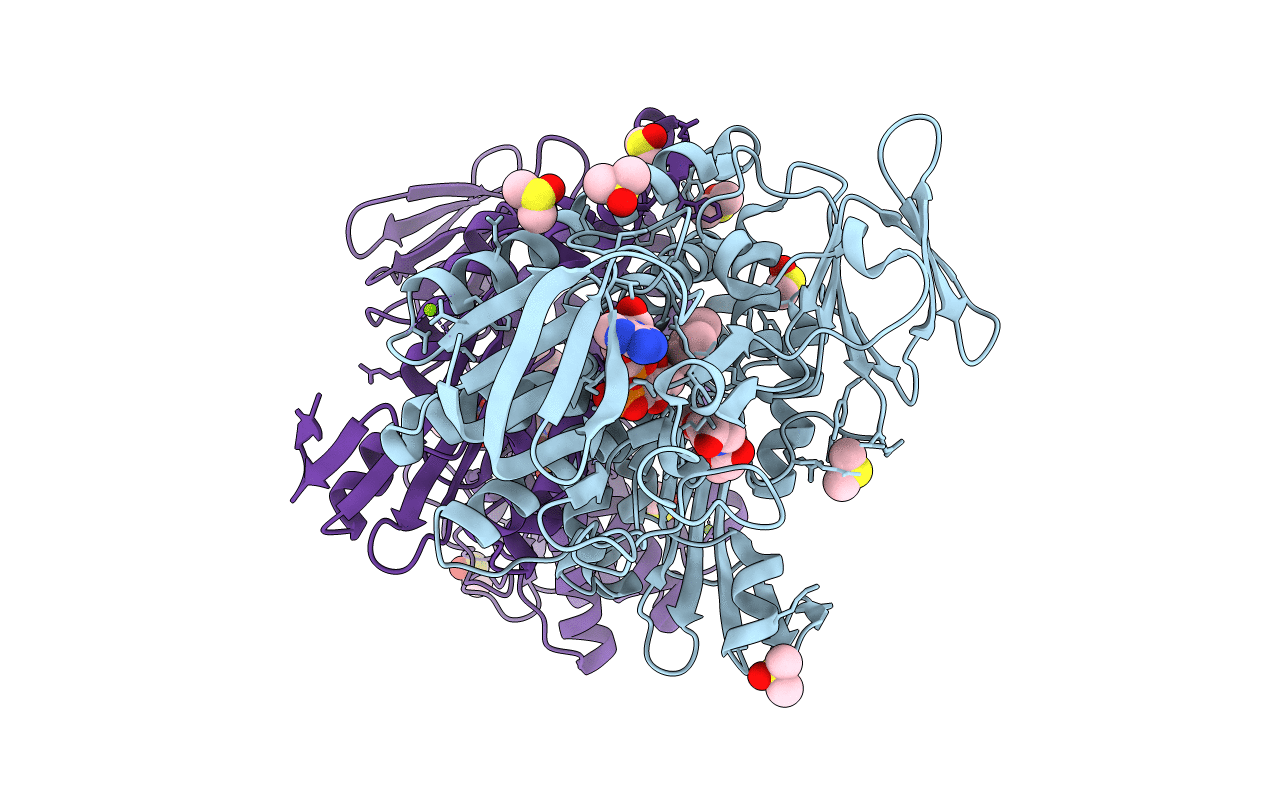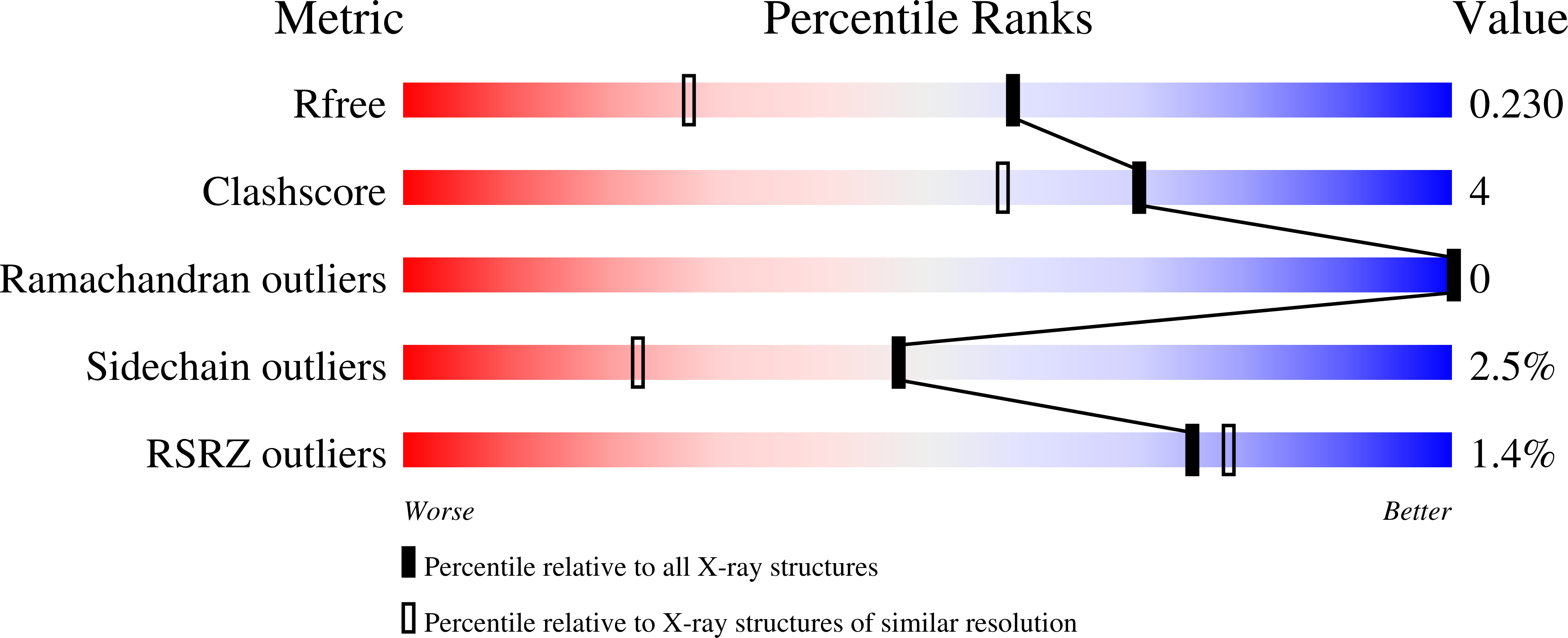
Deposition Date
2021-05-18
Release Date
2022-06-15
Last Version Date
2024-10-16
Entry Detail
PDB ID:
5S9T
Keywords:
Title:
PanDDA analysis group deposition -- Crystal Structure of Trypanosoma brucei Trypanothione reductase in complex with Z1614545742
Biological Source:
Source Organism:
Trypanosoma brucei (Taxon ID: 5691)
Host Organism:
Method Details:
Experimental Method:
Resolution:
1.66 Å
R-Value Free:
0.22
R-Value Work:
0.18
R-Value Observed:
0.18
Space Group:
P 21 21 21


